"The Science Behind Solar Panels: Harnessing the Power of the Sun"
the Science Behind Sunlight-Powered Chargers: Harnessing the Power of the Sun
Solar energy is one of the most promising renewable energy sources available today.
By converting sunlight into electricity, solar panels offer a sustainable solution to meet growing energy needs while reducing environmental impact. But how exactly do solar panels work? Let’s dive into the science behind this fascinating technology and explore the principles, components, and processes that make harnessing the power of the sun possible.
The Basics of Solar Energy
Solar energy refers to the radiant light and heat produced by the sun.
This energy can be captured and converted into usable forms, such as electricity or heat. The most common way to generate electricity from sunlight is through photovoltaic (PV) cells, which are the building blocks of solar panels. These cells utilize the photoelectric effect to convert light into electrical energy.
The Photoelectric Effect: A Key Principle
The photoelectric effect, first described by physicist Albert Einstein in 1905, is the phenomenon where light striking a material causes it to emit electrons. In the context of solar panels, sunlight (composed of photons) interacts with a semiconductor material, typically silicon, in the PV cells. This interaction energizes electrons, causing them to move and create an electric current.
Components of a Solar Panel
A solar panel is a carefully engineered system made up of several key components:
Photovoltaic Cells: These are the core units that convert sunlight into electricity. They are usually made of crystalline silicon or thin-film materials.
Encapsulation Layers: These layers protect the PV cells from mechanical damage, moisture, and UV radiation.
Glass Cover: A durable and transparent layer that protects the cells while allowing sunlight to pass through.
Backsheet: This provides structural support and shields the back of the panel from environmental damage.
Frame: Typically made of aluminum, the frame holds the entire assembly together and facilitates installation.
Junction Box and Wiring: These components collect and transport the electrical current generated by the panel.
How Solar Panels Generate Electricity
Absorption of Sunlight: When sunlight hits a solar panel, the PV cells absorb the photons. This energy excites the electrons in the semiconductor material.
Electron Movement: The energized electrons are knocked free from their atoms, creating electron-hole pairs. To direct this movement, PV cells are designed with an electric field.
Electric Field and Current Flow:
The electric field forces the free electrons to flow in a specific direction, generating a direct current (DC).Inverter Conversion: The DC power is passed through an inverter, which converts it into alternating current (AC), the form of electricity used in most homes and businesses.
Power Distribution: The AC power can either directly power a property, be stored in batteries for later use, or be fed into the electrical grid.
Efficiency Factors
Solar panel efficiency refers to the percentage of sunlight that a panel can convert into usable electricity. Several factors influence this efficiency:
Material Quality: High-purity silicon allows better electron movement, improving efficiency.
Cell Design: Advanced designs, such as multi-junction cells, capture a broader spectrum of sunlight.
Temperature
: Excessive heat can reduce efficiency by increasing resistance in the cells.Angle and Orientation: Proper alignment with the sun maximizes light absorption.
Maintenance: Clean panels free from dust, dirt, or debris perform better.
Types of Solar Panels
Monocrystalline Solar Panels: Made from a single crystal structure, these panels are highly efficient and durable but more expensive.
Polycrystalline Solar Panels:
Made from multiple silicon fragments, they offer a balance between cost and efficiency.Thin-Film Solar Panels: Lightweight and flexible, these panels are less efficient but ideal for certain applications, such as portable solar systems.
Bifacial Solar Panels: These panels capture sunlight on both sides, increasing overall energy output.
Applications of Solar Technology
Solar panels are used in various applications, including:
Residential Rooftop Systems: To reduce household energy bills and carbon footprints.
Commercial Installations: To power businesses and industrial facilities.
Utility-Scale Solar Farms
: To generate large amounts of electricity for the grid.Remote and Off-Grid Solutions: To provide power in areas without access to the electrical grid.
Portable Devices: Such as solar chargers and wearable solar technology.
Environmental and Economic Benefits
Harnessing solar energy offers numerous advantages:
Renewable Resource: Solar energy is abundant and inexhaustible.
Reduced Emissions: It produces no greenhouse gases during operation, helping to combat climate change.
Energy Independence:
Solar power reduces reliance on fossil fuels and foreign energy sources.Cost Savings: After the initial investment, solar panels can significantly lower electricity bills and offer long-term savings.
Challenges and Future Developments
While solar technology has made remarkable advancements, challenges remain:
Energy Storage: Efficient and affordable battery solutions are needed for reliable power supply.
Material Limitations:
Developing alternatives to silicon could lower costs and improve efficiency.Space Requirements: Large-scale installations require significant land or roof area.
Future developments, such as perovskite solar cells and solar-integrated building materials, promise to address these challenges and expand the possibilities of solar energy.
Conclusion
The science behind solar panels is a testament to human ingenuity and our ability to harness natural resources for sustainable energy. By understanding the principles and technology that drive solar power, we can appreciate its potential to transform the energy landscape. As advancements continue, solar technology will play an increasingly vital role in building a cleaner, greener future.



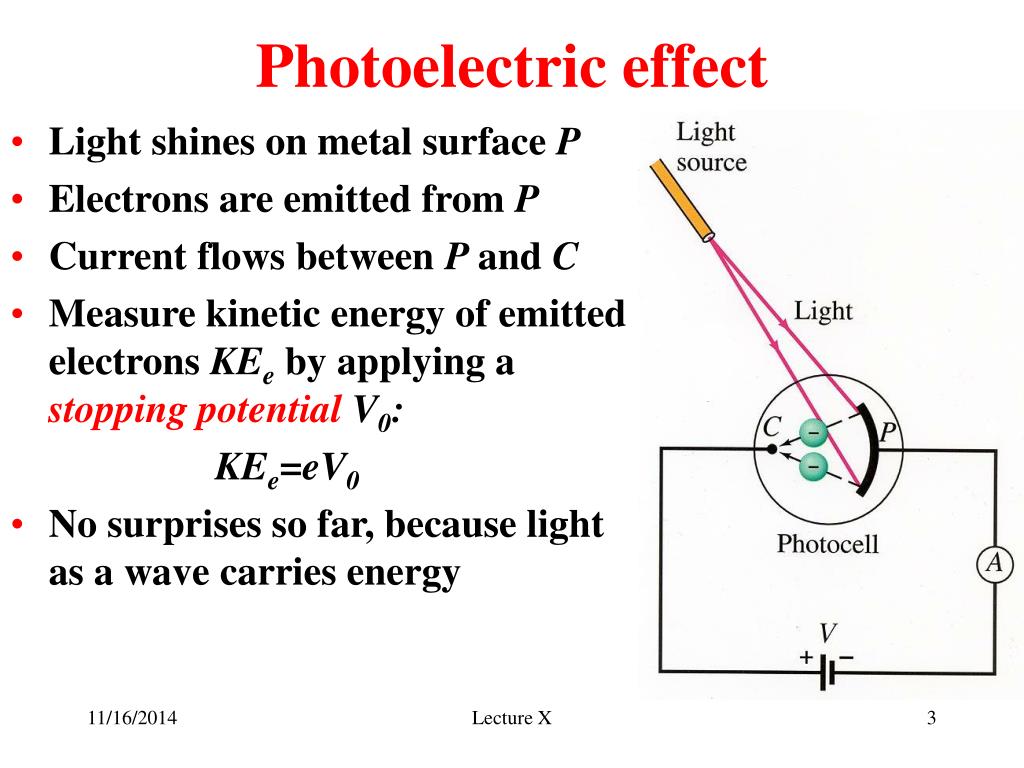
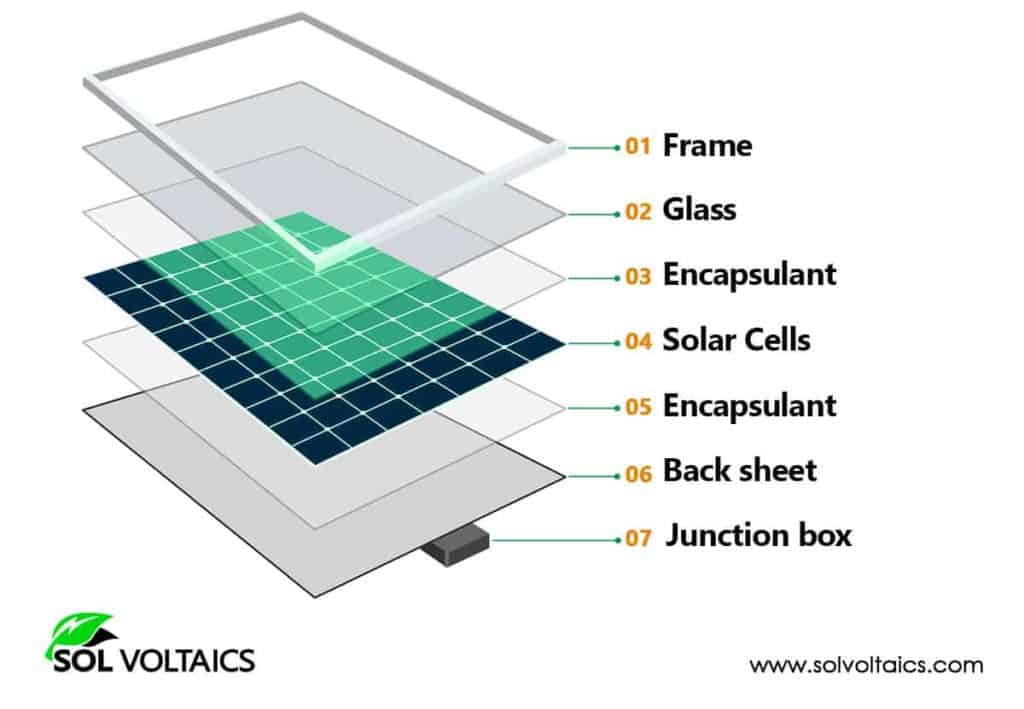
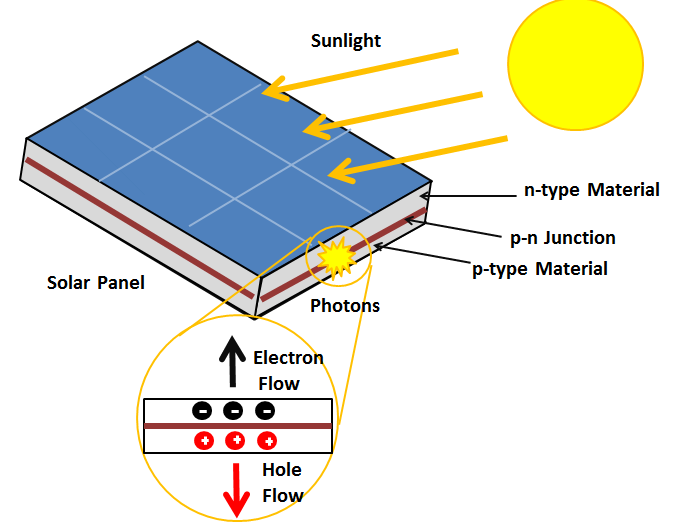
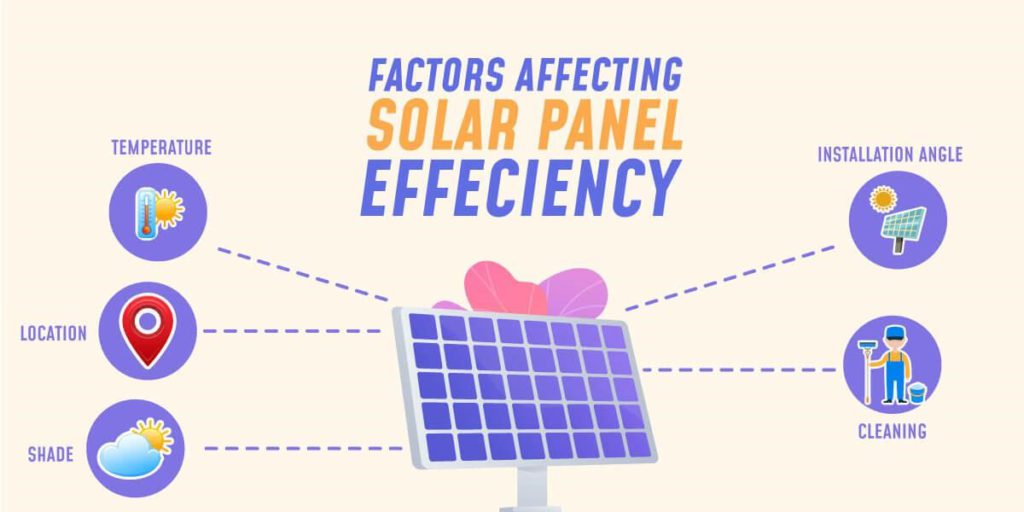
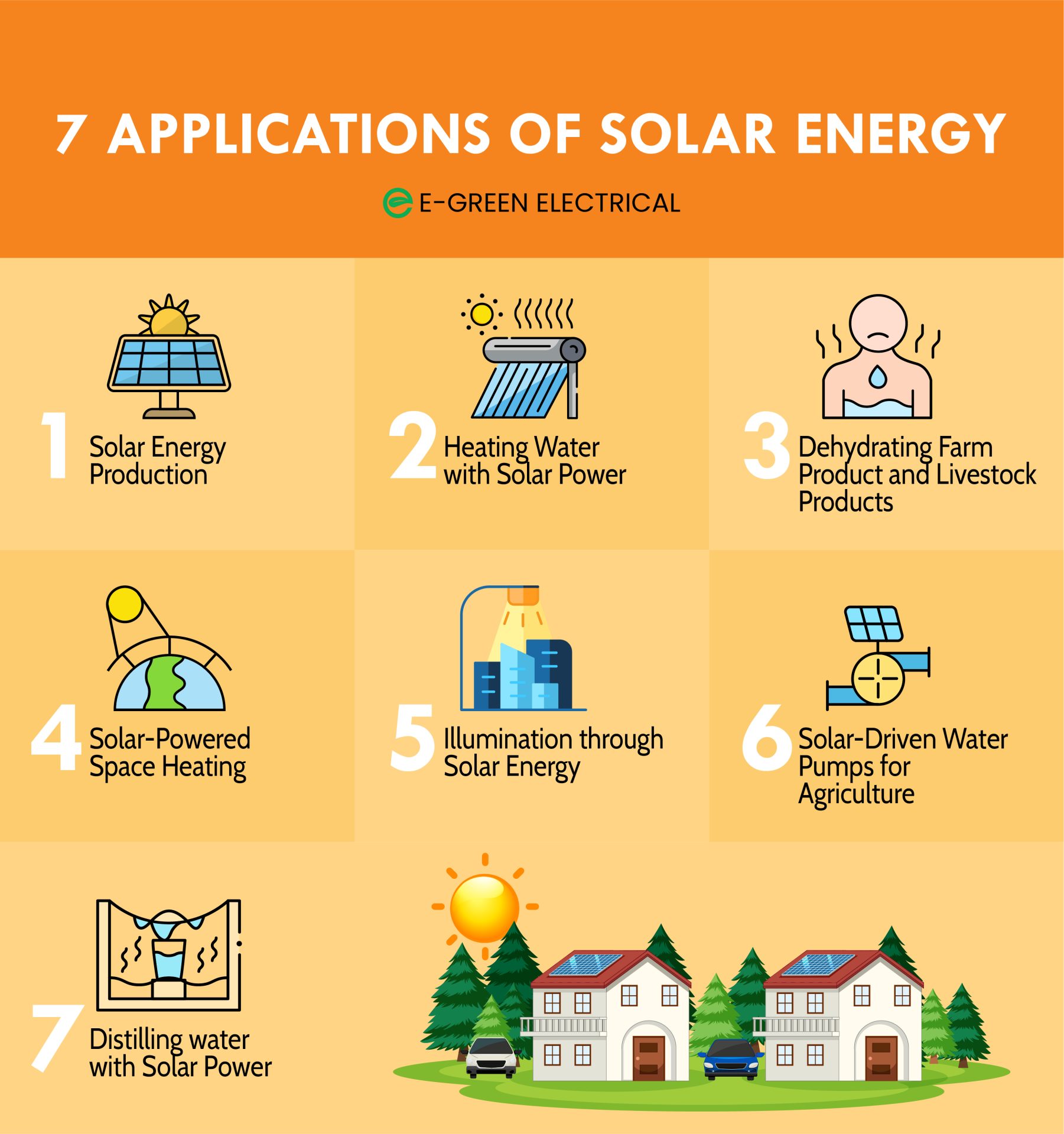



0 Comments